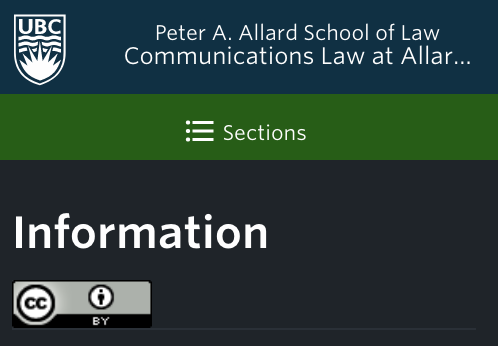If you’ve been following the gaming scene in China, you probably heard about the blockbuster legal battle between NetEase’s Minecraft and Shenzhen Miniwan’s Mini World. It’s not only the biggest damage awarded in Chinese game lawsuit but about how Chinese courts are drawing the line between inspiration and infringement.
Here’s the story.
In 2016, NetEase secured its exclusive rights to operate Minecraft “我的世界”in China. Around the same time, Miniwan launched Mini World “迷你世界”, a strikingly similar sandbox game. Same vibe, similar gameplay, familiar-looking elements… and even the similar Chinese name, maybe a bit too familiar.
NetEase thought so too. In 2019, they sued, claiming that Mini World wasn’t just “inspired” by Minecraft : it was outright copying core gameplay elements and overall look and feel. They asked the court to shut Mini World down and hand over 50 million yuan in damages.
If you saw the side-by-side images that were shown in court, you’d immediately get why this case blew up. I will drop images at the end of this article.
At first, the lower court agreed halfway: it found some copyright infringement in specific resources but didn’t buy that Mini World had copied the whole game. Still, Miniwan had to pay about 21 million yuan. Neither side was happy, so up they went to the Guangdong High Court for round two.
And here’s where it gets interesting.
The court said Mini World didn’t infringe Minecraft’s overall copyright- in China, copyright law protects how something is expressed, not the underlying ideas or gameplay rules. But Mini World did commit unfair competition by copying 230 specific elements (like farming mechanics, item combinations, even quirky design “mistakes” from Minecraft) that were crucial to Minecraft’s creative identity.
Result? Miniwan had to pay the full 50 million yuan NetEase asked for – the biggest damages ever awarded in a Chinese game lawsuit. They also had to delete the 230 copied resources but were allowed to keep running Mini World after “cleaning house.”
This case shows a few key things about how Chinese courts are thinking about game IP today:
Expression vs. Idea
You can’t copyright “sandbox gameplay” or “survival and crafting rules.” But if you clone the specific ways another game expresses these – say, how trees grow, how animals behave, how you craft a sword -you’re skating on thin ice.
Fair Competition Matters
Even when copyright law doesn’t save you, China’s Unfair Competition Law can. Copying someone else’s commercially valuable creative work in a way that confuses players and free-rides on their success? That’s a no-go.
Proportional Remedies
Instead of nuking Mini World from orbit, the court ordered a surgical strike: delete the copied elements, but let the game live on. This shows Chinese courts want to balance protecting innovation and keeping the broader market healthy.
Respect for Player Creativity
Bonus point: the court recognized that sandbox games have a lot of user-generated content and that this content deserves legal respect too. It’s a pretty forward-thinking move for China’s evolving gaming law.
This case is a landmark not because it crushed a copycat, but because it carved out a smart, nuanced line for China’s growing gaming industry. The message is clear: copying creative expression is not a fair game, and if you cross the line, you will pay-but you might still have a second change to clean up and move forward.
* the alleged piggies…

*the alleged trees

*Mini World website after “cleaning house”

*source:
https://www.bilibili.com/opus/735791622417023017
https://www.zhichanli.com/p/149675133?






 Communications Law
Communications Law